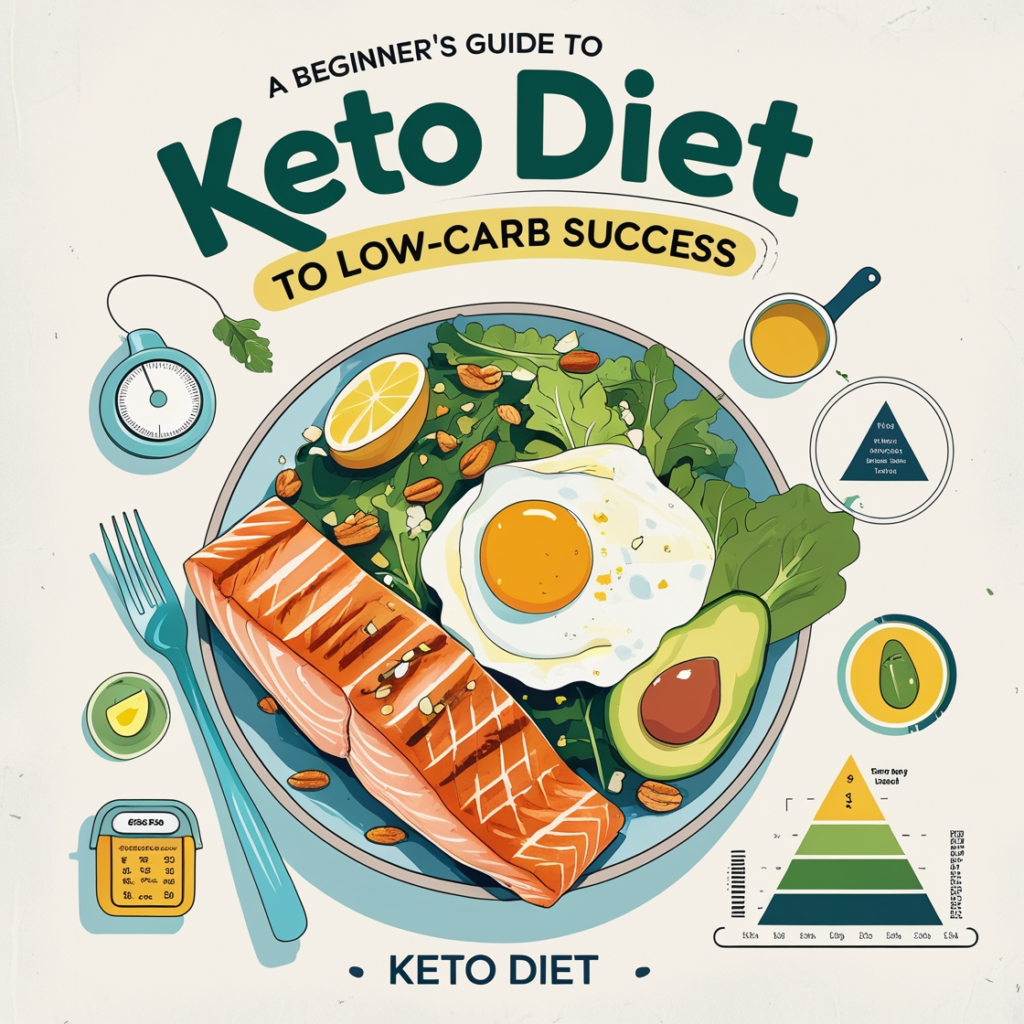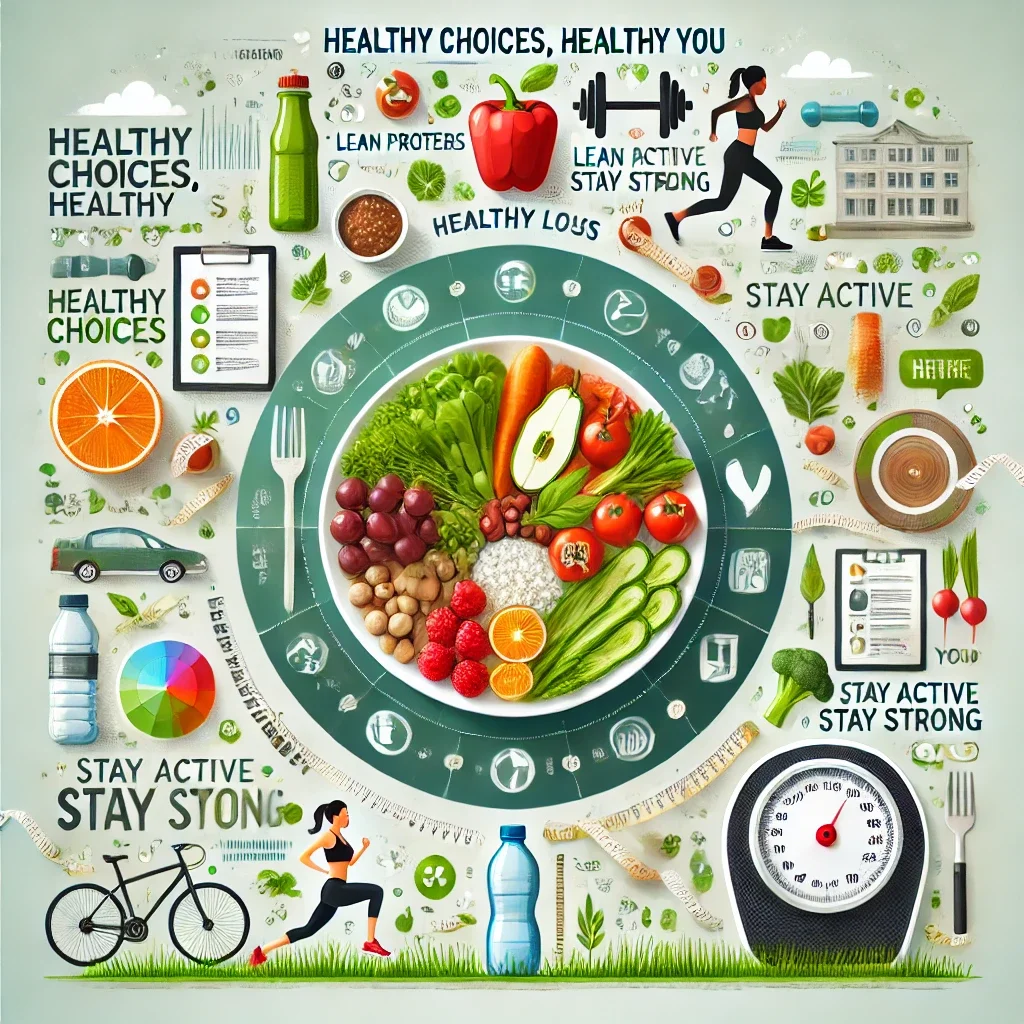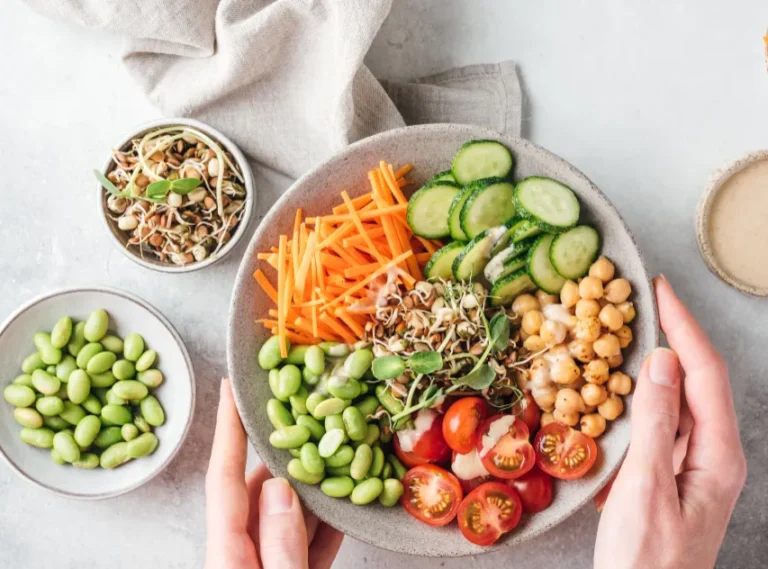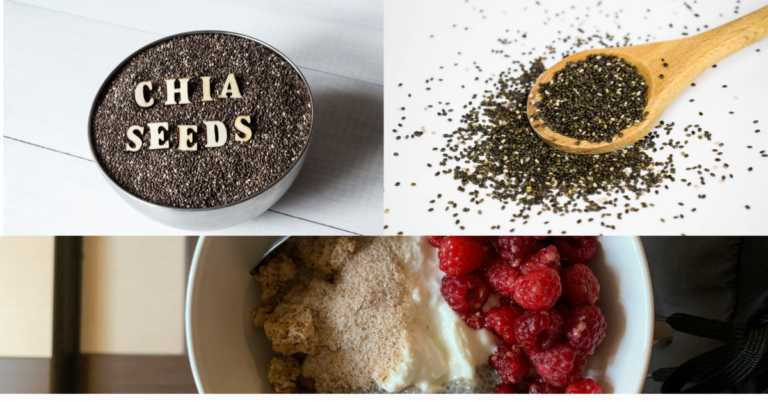Keto Diet: A Beginner’s Guide to Low-Carb Success
The ketogenic diet involves consuming a very low amount of carbohydrates and replacing them with fat to help your body burn fat for energy. Health benefits can include weight loss and lowering your risk for certain diseases.

What are the basic rules for keto?
Keto basics
The ketogenic diet is a very low carb, high fat diet that shares many similarities with the Atkins and low carb diets.
It involves drastically reducing carbohydrate intake and replacing it with fat. This reduction in carbs puts your body into a metabolic state called ketosis.
When this happens, your body becomes incredibly efficient at burning fat for energy. It also turns fat into ketones in the liver, which can supply energy for the brain.
What do I eat on the keto diet?
There are several versions of the ketogenic diet, and what you eat depends on the type. They include:
- Standard ketogenic diet (SKD): This is a very low carb, moderate protein and high fat diet. It typically contains 70% fat, 20% protein, and only 10% carbs.
- Cyclical ketogenic diet (CKD): This diet involves periods of higher carb refeeds, such as 5 ketogenic days followed by 2 high carb days.
- Targeted ketogenic diet (TKD): This diet allows you to add carbs around workouts.
- High protein ketogenic diet: This is similar to a standard ketogenic diet, but includes more protein. The ratio is often 60% fat, 35% protein, and 5% carbs.
However, only the standard and high protein ketogenic diets have been studied extensively. Cyclical or targeted ketogenic diets are more advanced methods and primarily used by bodybuilders or athletes.
The information in this article mostly applies to the standard ketogenic diet (SKD), although many of the same principles also apply to the other versions.
What Is It?
“Ketogenic” is a term for a low-carb diet (like the Atkins diet). The idea is for you to get more calories from protein and fat and less from carbohydrates. You cut back most on the carbs that are easy to digest, like sugar, soda, pastries, and white bread.
How It Works
When you eat less than 50 grams of carbs a day, your body eventually runs out of fuel (blood sugar) it can use quickly. This typically takes 3 to 4 days. Then you’ll start to break down protein and fat for energy, which can make you lose weight. This is called ketosis. It’s important to note that the ketogenic diet is a short term diet that’s focussed on weight loss rather than the pursuit of health benefits.
Weight Loss
A ketogenic diet may help you lose more weight in the first 3 to 6 months than some other diets. This may be because it takes more calories to change fat into energy than it does to change carbs into energy. It’s also possible that a high-fat, high-protein diet satisfies you more, so you eat less, but that hasn’t been proved yet.

Cancer
Insulin is a hormone that lets your body use or store sugar as fuel. Ketogenic diets make you burn through this fuel quickly, so you don’t need to store it. This means your body needs — and makes — less insulin. Those lower levels may help protect you against some kinds of cancer or even slow the growth of cancer cells. More research is needed on this, though.
Heart Disease
It seems strange that a diet that calls for more fat can raise “good” cholesterol and lower “bad” cholesterol, but ketogenic diets are linked to just that. It may be because the lower levels of insulin that result from these diets can stop your body from making more cholesterol. That means you’re less likely to have high blood pressure, hardened arteries, heart failure, and other heart conditions. It’s unclear, however; how long these effects last.
Acne
Carbohydrates have been linked to this skin condition, so cutting down on them may help. And the drop in insulin that a ketogenic diet can trigger may also help stop acne breakouts. (Insulin can cause your body to make other hormones that bring on outbreaks.) Still, more research is needed to determine exactly how much effect, if any, the diet actually has on acne.
Epilepsy
Ketogenic diets have helped control seizures caused by this condition since the 1920s. But again, it’s important to work with your doctor to figure out what’s right for you or your child.
What about the other diets?
The popular low-carb diets (such as Atkins or Paleo) modify a true keto diet. But they come with the same risks if you overdo it on fats and proteins and lay off the carbs.
So why do people follow diets? They’re everywhere, and people hear anecdotally that they work. Theories about short-term low-carb diet success include lower appetite because fat burns slower than carbs. But concerns remain about staying on a keto diet long term. And eating a restrictive diet, no matter what the plan, is difficult to sustain. Once you resume a normal diet, the weight will likely return.
A ketogenic diet primarily consists of high fat intake, moderate protein consumption, and low carbohydrate intake. The macronutrient distribution typically ranges from approximately 55% to 60% fat, 30% to 35% protein, and 5% to 10% carbohydrates. For instance, in a 2000 kcal per day diet, the carbohydrate allowance would amount to approximately 20 to 50 grams daily.
History and Origin
Russell Wilder first used the ketogenic diet to treat epilepsy in 1921. He also coined the term “ketogenic diet.” Through his observations, Wilder noticed the diet reduced the frequency and intensity of seizures in a subset of his patients who followed this dietary approach. For almost a decade, the ketogenic diet was viewed as a therapeutic option for pediatric epilepsy, but its prominence diminished with the advent of antiepileptic drugs.
The diet was popularized in the 1970s and has since been widely studied as a potential treatment for various conditions. In recent years, the ketogenic diet has experienced a resurgence, particularly as a weight loss intervention, proving its efficacy in the short term.
Physiology and Biochemistry
Carbohydrates typically serve as the main source of energy production in the body’s tissues. However, when carbohydrate intake is restricted to less than 50 grams daily, insulin secretion decreases significantly, leading the body into a catabolic state. As a result, glycogen stores are depleted, triggering a series of metabolic changes. Two prominent metabolic processes come into play when carbohydrates are limited in body tissues: gluconeogenesis and ketogenesis.
Gluconeogenesis is the process by which the body produces glucose internally, primarily in the liver, using substrates such as pyruvate, lactic acid, glycerol, and specific amino acids classified as glucogenic. When glucose availability drops, the endogenous breakdown of glucose cannot provide sufficient energy, ie, adenosine triphosphate (ATP). The metabolic pathway switches to ketogenesis to provide an alternate energy source in the form of ketone bodies. Ketone bodies replace glucose as a primary source of energy.
Foods to Eat on the Keto Diet
The keto diet typically limits carbs to 20–50 grams per day.
While some people on keto count their total carb intake, others count net carbs. Net carbs refer to total carbs minus fiber. That’s because fiber is indigestible, so it can’t be broken down and absorbed by your body.
This diet may seem challenging, but it allows people following it to eat many nutritious foods.
Here are healthy foods to eat on the keto diet.
Animal proteins
1. Seafood
Fish and shellfish are very keto-friendly. Salmon and other fish are not only nearly carb-free but also rich in B vitamins, potassium, and selenium
However, the carb count in shellfish varies by type. While shrimp and most crabs contain no carbs, oysters and octopus do. You can still eat these foods on the keto diet, but it’s important to carefully track these carbs to stay within your range.
Additionally, salmon, sardines, mackerel, and other fatty fish are very high in omega-3 fats, which have been associated with lower insulin levels and increased insulin sensitivity in people who are overweight or have obesity.
Meat and poultry
Meat and poultry are considered staple foods on the keto diet.
Fresh meat and poultry contain no carbs and are rich in B vitamins and several important minerals. They’re also a great source of high quality protein, which may help preserve muscle mass during a very low carb diet.
3. Eggs
Eggs are an extremely healthy protein source.
Because each large egg contains less than 1 gram of carbs and about 6 grams of protein, eggs can be ideal for keto.
Dairy and dairy alternatives
4. Cheese
There are hundreds of types of cheese, most of which are very low in carbs and high in fat, making them a great fit for the keto diet.
Just 1 ounce (28 grams) of cheddar cheese provides 1 gram of carbs, 6 grams of protein, and a good amount of calcium.
Here are some cheeses that are lower in carbs for a keto diet.
Keto cheese list
- blue cheese
- Brie
- Camembert
- cheddar
- chevre
- Colby jack
- cottage cheese
- cream cheese
- feta
- goat cheese
- halloumi
- Havarti
- Limburger
- Manchego
- mascarpone
- mozzarella
- Muenster
- Parmesan
- pepper jack
- provolone
- Romano
- string cheese
- Swiss cheese
5. Cream and half-and-half
Cream is composed of the fatty portion of fresh milk that’s separated out during milk processing. Half-and-half, on the other hand, is made of 50% cream and 50% whole milk.
Both of these dairy products are very low in carbs and high in fat, making them ideal for keto.
The American Heart Association 2021 dietary guidance states that people should limit foods high in saturated fat. Replacing animal and dairy fat with plant-based sources of fat or polyunsaturated fats is linked with a lower risk of cardiovascular disease and stroke.
Cream and half-and-half are popular choices for adding to coffee or using as keto alternatives to small amounts of milk in cooking.
6. Green leafy vegetables
Green leafy veggies are extremely low in carbs, making them excellent for keto. They’re also rich sources of vitamins, minerals, and antioxidants
Greens add bulk to your meals without drastically increasing the carb count. Additionally, herbs such as oregano and rosemary add ample flavor with almost no carbs.
Here are some keto-friendly leafy greens:
- Salad greens: lettuce, baby spinach, arugula, escarole, and frisee
- Cooking greens: bok choy, collard greens, mustard greens, kale, spinach, Swiss chard, and cabbage
- Herbs: thyme, sage, mint, oregano, dill, parsley, cilantro, basil, rosemary, and lemongrass
7. High fat veggies
Avocados and olives, while technically both fruits, are unique among vegetables in that they’re fairly high in fat. They also contain fiber and are low in net carbs.
Oleuropein, the main antioxidant in olives, has anti-inflammatory properties and may protect your cells from damage.
Here are some other examples of keto-friendly vegetables.
Keto vegetable list
- asparagus
- broccoli
- cabbage
- cauliflower
- mushrooms
- cucumber
- green beans
- eggplant
- tomatoes
- spaghetti squash
- jicama
- radishes
- turnips
- Brussels sprouts
- celery
- okra





